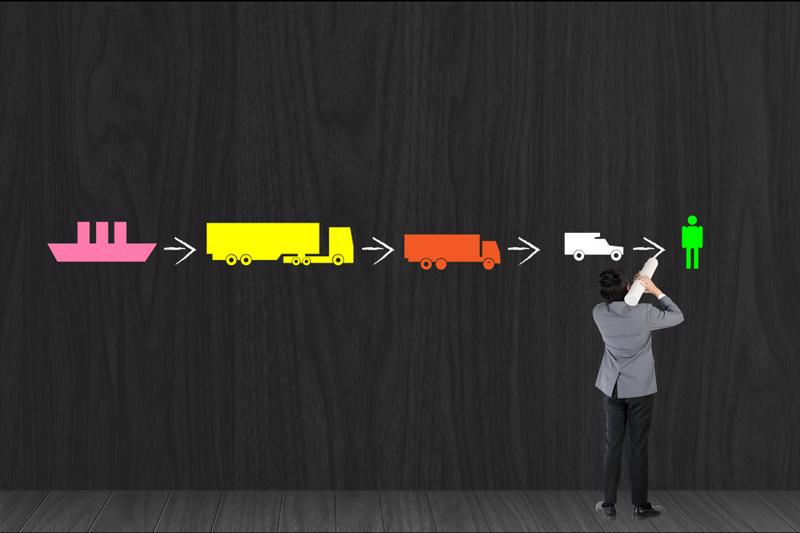A few questions expose themselves as areas of focus for smart decisions stemming from your fleet analytics. Confirm your analytics can answer each or call Corcentric immediately for help!
1. What Is Your Asset’s Total Cost of Ownership (TOC)?
When analyzing your fleet vehicles, there is much more to consider than simply looking at the price tag. Many factors go into understanding the total cost of ownership. Defined as the total amount of money you will put into the asset while in ownership, you must consider the maintenance, fuel-economy, engine size, the environment your business operates in, and more. If only the initial price tag is brought into the decision-making process, or you do not have proper data points to analyze other potential scenarios, then it is simple to see how you could drastically overpay for the asset.
If answering this question is difficult for your organization, you need to improve your fleet analytics. Corcentric can help. We have over eight-hundred thousand vehicles under management. If fleet optimization is your goal, we provide over 1,200 data points that will show you exactly how to achieve it.
2. What Is Your Sweet Spot?
Knowing when to sell an asset and buy a new one can save you a ton of money in fleet management costs. An asset will benefit your company when running efficiently and economically. Once it goes beyond that “sweet spot”, it will start to cost you unnecessary amounts of money to operate. Each asset will have a different sweet spot, so how do you know when your vehicle has overstayed its operational welcome? Again, fleet analytics is the key.
If this question is also difficult to answer, then you need to improve your fleet analytics. Corcentric has the tools needed to make sure you are not selling early and wasting money or selling too late and burning cash. The data points we use instruct the exact timing of when to sell to keep the total cost of ownership as low as possible. Without this data, the wrong decision will inevitably be made time and time again.
3. What Are Your Assets Currently Costing You? You're Current State.
Perhaps this should be the first question in this list, however, it is the right note to end on. This question of all the questions is the starting point. If you do not know what an asset is costing you, whether the total cost of ownership or the addends that make up the TOC, understanding the current state is primary. Without this knowledge, you will not know whether you are making misinformed decisions or not.
To begin any fleet management program, Corcentric will run a cost analysis. With market intelligence gathered from our over 800,000 vehicle fleet, we will compare your current state to other potential comparative fleets. This will show whether your assets current costs are effective or throwing money down the drain. The best part is this analysis is part of the sales process. You will know how effective we are before spending a dollar!
Remember the importance of substantial and accurate data for your fleet analytics. If you have a ton of data points and they are inaccurate, high fleet costs will absolutely ensue. If you have minimal data points and they are accurate, you are not truly familiar with your fleet management current state. But most importantly, remember we are here to help if you would like to maximize your fleet analytics.
Check out my other fleet blog posts
here!






























